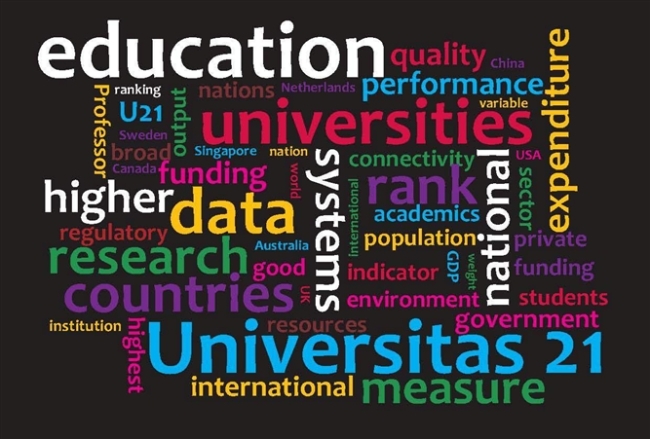The development of the innovative university is necessary for the modern paradigm of knowledge to become a reality in universities and consequently in our societies. This modern paradigm would be characterized by the fact that the teachers shall equip students with learning instruments and methodologies. To be able to transform higher education and society internationally and in particular in developing countries, it is necessary to go from the traditional university based on classical teaching methods to a participative university based on teaching-learning, and reach an innovative university with a modern paradigm of knowledge.
In Latin America higher education has undergone an astonishing transformation in recent years, highlighted by the private sector’s growth from 3 to 34 percent of the region’s total enrollment. Private equity is growing fast in Latin America, bringing capital, professionalization and consolidation to a number of markets. These sectors include traditional areas such as retail, banking and infrastructure development – but perhaps more surprisingly, private equity funding is getting actively involved in the education sector as well.
Several trends have contributed to making the education market attractive for investors. First, demand has been increasing not only for access to, but also quality of, education Second, Latin America has seen the growth of a middle class with the necessary resources to consume higher quality education and a better understanding of its importance in the struggle to move up the economic ladder. Finally, the education markets are realizing the need for better and more efficient management.
Latin American universities are characterised by the greater weight of the social sciences and humanities. In fact, the distribution of university students in the region is concentrated mainly in these disciplines, while there is a smaller proportion in science and technology. This pattern differs considerably from that of the OECD economies, where we see cases such as Korea and Finland with a greater concentration of graduates in the fields of engineering, science and technology. This is consistent with the strategy in these countries to increase human resources in disciplines with applications in sciences and technology, as they look to develop a productive system based on the development of manufacturing value added.

